Retro Replay Review
Gameplay
Computer Diplomacy faithfully adapts Avalon Hill’s classic strategic board game into a digital format, preserving the turn-based, country-by-country negotiation that made the original title a staple of the hobby. Players choose from the major European powers—England, France, Germany, Austria-Hungary, Italy, Russia, and Turkey—and plan moves simultaneously in each diplomatic round. Orders for armies and fleets are submitted, alliances forged or broken, and then the adjudication phase resolves conflicts with precision and adherence to the original rule set.
One of the standout features is the diplomacy interface, which allows for private messaging between players or AI counterparts. You can trade promises of support, discuss shared targets, or bluff your way into advantageous pacts. The AI opponents come with selectable personalities—aggressive, cautious, or opportunistic—providing a varied experience each time you play. Multiplayer via hotseat or network play lets friends join from afar, recreating the face-to-face negotiations that defined the board game.
The learning curve is approachable thanks to integrated tutorials and comprehensive rulebooks accessible in-game. For veterans, advanced options let you tweak timing, build scenarios, and adjust AI difficulty. Simultaneous turns keep the pace brisk, and a “quick resolve” feature allows you to skip minor skirmishes in favor of focusing on the high-stakes maneuvering. While mastering the subtleties of alliance dynamics takes time, the game rewards players who invest in understanding balance-of-power strategies.
Replayability is high: each session evolves organically based on player choices, and no two games ever play out the same. Whether you prefer to employ cunning diplomacy, outright military force, or a blend of both, Computer Diplomacy accommodates diverse playstyles. Its adherence to the core mechanics ensures that longtime fans of the board game will feel right at home, while newcomers can join the fray with confidence.
Graphics
Graphically, Computer Diplomacy opts for clarity and readability over flashiness. The game board is rendered with a clean, top-down map of pre-World War I Europe, employing subdued earth tones to differentiate territories. Units are represented by simple icons—armies and fleets—that remain distinct even when a region becomes crowded. The overall aesthetic evokes the look of a traditional tabletop setup, fostering a sense of nostalgia.
Movement animations are minimal but effective: when orders are adjudicated, units slide smoothly into their new positions, accompanied by subtle indicators for successful supports or retreats. While there are no lavish cutscenes or dynamic camera angles, the straightforward presentation ensures that important information is never obscured. Turn summaries pop up in a sidebar, allowing you to review the outcome of each move without diving into menus.
Menus and overlays maintain consistent typography and color-coding, making it easy to track alliances and hostile actions. Territory ownership is highlighted in the national colors of each power, and icons flash briefly when negotiations take place or when regions fall into disarray. This level of polish goes a long way toward reducing confusion during complex multi-player rounds.
Sound design is equally restrained: a handful of ambient tracks and soft chimes mark the start and end of turns. Though not immersive in a cinematic sense, the audio cues support the gameplay loop by signaling transitions and drawing attention to important events. In sum, the graphics and interface work harmoniously to keep the strategic elements front and center.
Story
Unlike narrative-driven titles, Computer Diplomacy doesn’t present a linear storyline or scripted characters. Instead, the drama emerges organically from player actions, alliances, and betrayals. Each campaign becomes a unique tale of ambition, deceit, and power shifts, with geopolitical tensions rising and falling as the rounds progress. The lack of predefined story beats is a feature, not a drawback, inviting you to craft your own historical drama.
Scenario selection offers a touch of historical context. You can start in the classic “Standard” setup reflecting pre-1914 Europe, or choose alternative scenarios where certain powers begin with naval or territorial advantages. These variations frame the diplomatic stage differently, leading to fresh strategic dilemmas. The in-game archives log key events—such as the fall of Constantinople or the breakout of a two-front war—so you can revisit the most dramatic moments of your session.
Emergent storytelling also extends to multiplayer matches. Watching a trusted ally suddenly turn on you, or rally several nations to oppose an overzealous neighbor, creates memorable narratives that last long after the final turn. The lack of a rigid narrative arc gives players full creative control: whether your goal is peaceful coalition-building or all-out conquest, your actions write the story.
For history enthusiasts, the game’s commitment to historical plausibility—down to accurate supply center counts and season-based movement restrictions—enhances the authenticity of each playthrough. In this way, Computer Diplomacy offers both a sandbox for strategic role-playing and a quasi-historical simulation of great-power politics.
Overall Experience
Computer Diplomacy succeeds in translating a beloved board game into a digital format without sacrificing depth or nuance. Fans of the original will appreciate the faithful rule implementation and robust diplomacy options, while newcomers gain access to clear tutorials and a supportive interface. The strategic possibilities are vast, with alliances and betrayals forming the emotional core of each game.
On the downside, the visual presentation is dated by modern standards, and some players may find the minimal animations less engaging than more graphically ambitious strategy titles. The AI can occasionally misjudge complex multi-player negotiations, leading to unpredictable results. However, these shortcomings are minor compared to the overall strength of the strategic gameplay.
Ultimately, Computer Diplomacy offers a deeply satisfying experience for those who relish long-term planning, subtle negotiation, and the thrill of outmaneuvering human or computer opponents. It shines as a multiplayer platform, though solo players will also enjoy testing their wits against various AI personalities. With near-endless replayability and a proven game system, it remains a compelling purchase for strategy aficionados.
For buyers seeking a cerebral challenge, a faithful board game adaptation, and an open-ended diplomatic sandbox, Computer Diplomacy delivers on all fronts. Though it may not dazzle with modern graphics or cinematic storytelling, its elegant mechanics and the stories that players weave together ensure that every match feels fresh, tense, and entirely your own.
 Retro Replay Retro Replay gaming reviews, news, emulation, geek stuff and more!
Retro Replay Retro Replay gaming reviews, news, emulation, geek stuff and more!
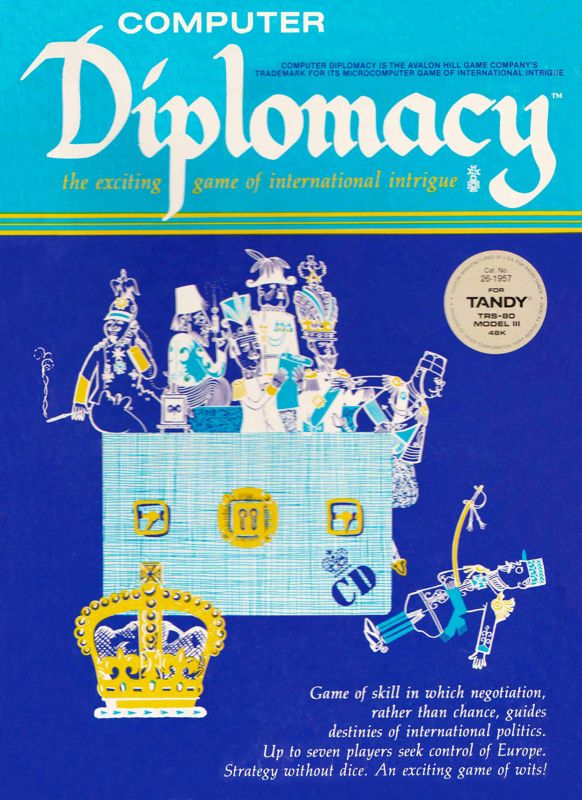
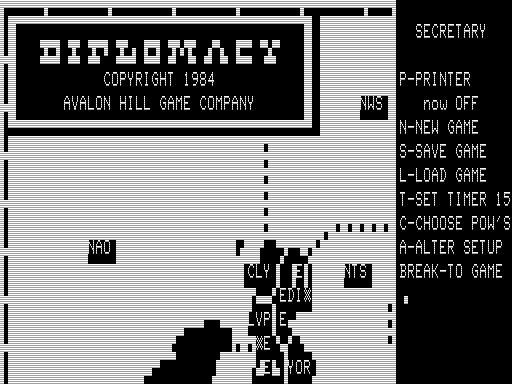
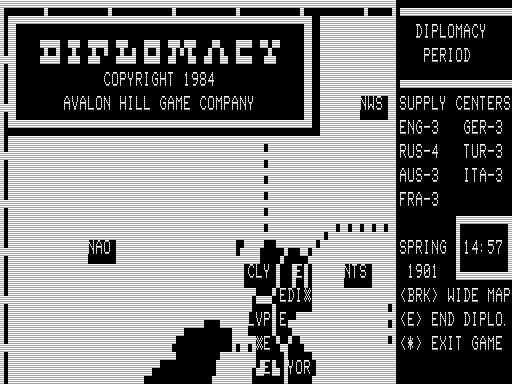
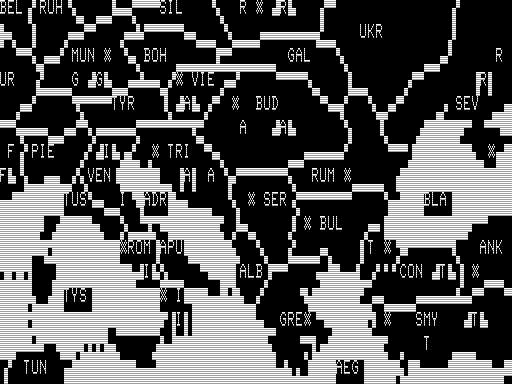

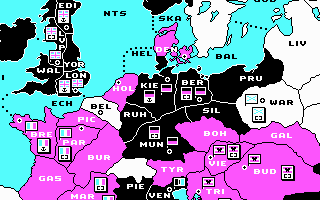



Reviews
There are no reviews yet.